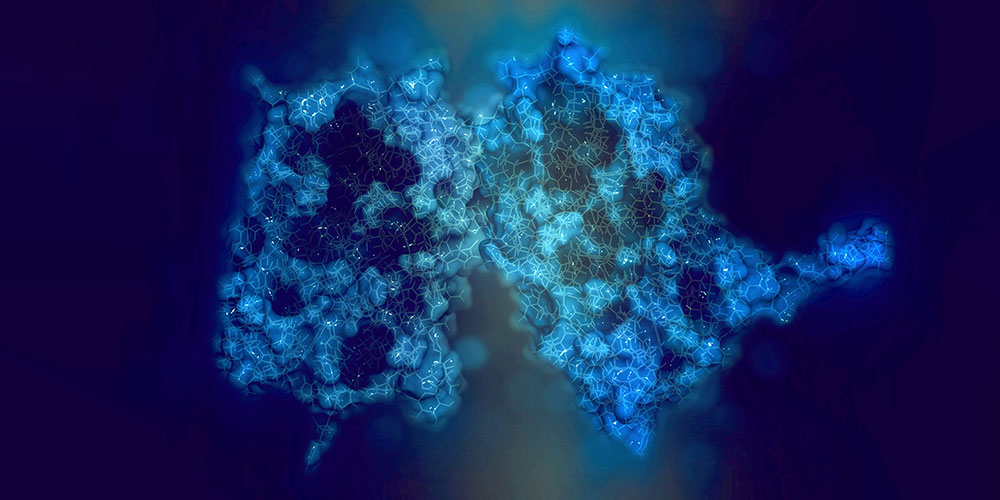The pertussis pathogen – new findings
The worldwide spreading of the whooping cough, also known as pertussis, has substantially increased since 2010. Researchers from the Biozentrum, University of Basel, have investigated structure and function of an important membrane protein of the bacterium causing pertussis. They discovered that the protein structure differs from a previously postulated model. Their findings, published in “Nature Communications”, provide a basis for new treatment approaches for the infection.
23 June 2015
Many tiny protein pores are found in the outer membrane of the pertussis pathogen, the bacterium Bordetella pertussis. Through these pores, the pathogen secretes proteins, which are important for bacterial attachment in the human respiratory tract and for the formation of resistant biofilms. In order to understand how membrane pores allow passage of their substrates, the structural biologists Prof. Timm Maier und Prof. Sebastian Hiller from the Biozentrum of the University of Basel, have taken a closer look at one of these proteins.
Membrane protein structure different than expected
Cellular membranes are barriers, which protect the cell from the outside world. Certain molecules can however still move across these barriers at specifically designed sites. The membrane protein FhaC in the pertussis pathogen is such a border guard. It is located on the outer cell membrane and channels the adhesin FHA across the membrane to the outside. FHA allows the bacterium to attach to host surfaces and thus plays an important role in the pertussis infection.
In 2007, the structure and function of FhaC had been published in Science. In the light of the new study, those findings have now been partly revised. “On the basis of our data, we have concluded that the previously postulated structure and mode of action of the FhaC protein required revision”, says Maier. Together with the authors of the original article, the researchers at the Biozentrum have now corrected the FhaC model.
“In contrast to earlier assumptions, our investigations have shown that the FhaC protein has the same architecture as proteins that integrate new membrane proteins”, explains Maier. The structural analysis also revealed how a helical protein domain acts like a plug, closing the pore in the absence of a cognate substrate. When the FHA adhesin binds to the membrane protein FhaC, this plug is released, the pore opens and the adhesion traverses the membrane.
A basis for new pertussis treatments
Pertussis disease is well controlled in Switzerland, but nonetheless, its occurrence is increasing since 2010. This calls for new treatment approaches. “Targeted inhibitors could significantly impair the FhaC function to prevent the pathogen from attaching to the host cell”, explains Maier. “The advantage is obvious: Antibiotic use can be avoided thus preventing the development of resistance.” The structural biologists aim to provide further fundamental insights in the future. Their plan is to investigate the role of individual protein components in the overall process of substrate channeling.
Original source
Timm Maier, Bernard Clantin, Fabian Gruss, Frédérique Dewitte, Anne-Sophie Delattre, Françoise Jacob-Dubuisson, Sebastian Hiller & Vincent Villeret
Conserved Omp85 lid-lock structure and substrate recognition in FhaC
Nature Communications; published online 10 June 2015, doi: 10.1038/ncomms8452
Further information
Prof. Timm Maier, University of Basel, Biozentrum, phone: +41 61 267 21 76, email: timm.maier@unibas.ch


